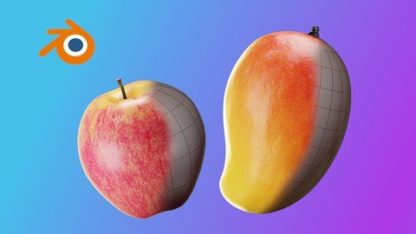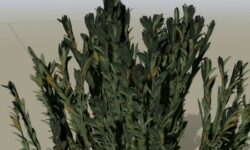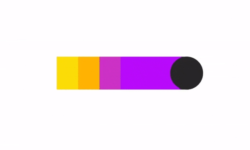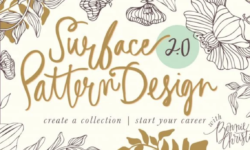Organic Procedural Texturing In Blender
Release date:2021, September
Author:Harshavardhan Saravanan
Skill level:Beginner
Language:English
Exercise files:Yes
What Will I Learn?Learn to view blender as a procedural texturing
- Creating procedural textures for fruits
- Procedural Textures Basics
- Learn to study details for texturing
- Practical and Applied procedural texturing
Requirements
Know to navigate blender interface
Basic and general knowledge on concepts of digital 3D
No Prior procedural texturing skills needed
Description
Procedural Texturing is a great texturing method, it comes with great benefits like unlimited texture resolution and easy mapping on any 3D surface. Offers complete control of textures by using a mathematical and logical approach through nodes. This approach may seem complicated to most of the artists. This course offers you easy, practical methods and everything needed to get started with blender procedural shading techniques. We use a practical approach and demonstrate how we take advantage procedural textures to realistically texture a mango and an apple from scratch. The 3D model of both the fruits are provided in our exercise files, you can get started right away.
Advantages of Procedural Texturing
- Great to create organic textures.
- Unlimited Texture Resolution.
- Flexible Texture mapping.
- Extremely powerful to make variations.
- Reduces your dependencies on texture maps
- Great power and unlimited Potential.
What you will learn in this course
- Basics of Procedural Texturing in Blender.
- Easy Practical methods for procedural workflow.
- Texturing realistic fruits.
- Practical approach to Organic Procedural texturing.
- Learn to observe and identify textures as layers.
- Simple and easy to understand layer based texturing.
- Tips and Tricks.
After Completion of this Course you will be able to
- Understand and appreciate procedural texturing workflows.
- Create organic textures using blender.
- Approach organic texturing in a layer based workflow.
- View Blender as a powerful procedural texturing software.
This Course is for you if you are
- An artist looking to learn procedural texturing.
- Someone interested in organic texturing.
- An artist learning Blender.
- A texturing artist.
- Looking to use Blender as a fine art medium.
Who is the target audience?
- 3D texturing artists
- creative students who aspire to be texturing artists
- Artists looking to use blender as a fine art tool
- 3D artists looking to learn procedural texturing in blender
- Blender beginners





 Channel
Channel





